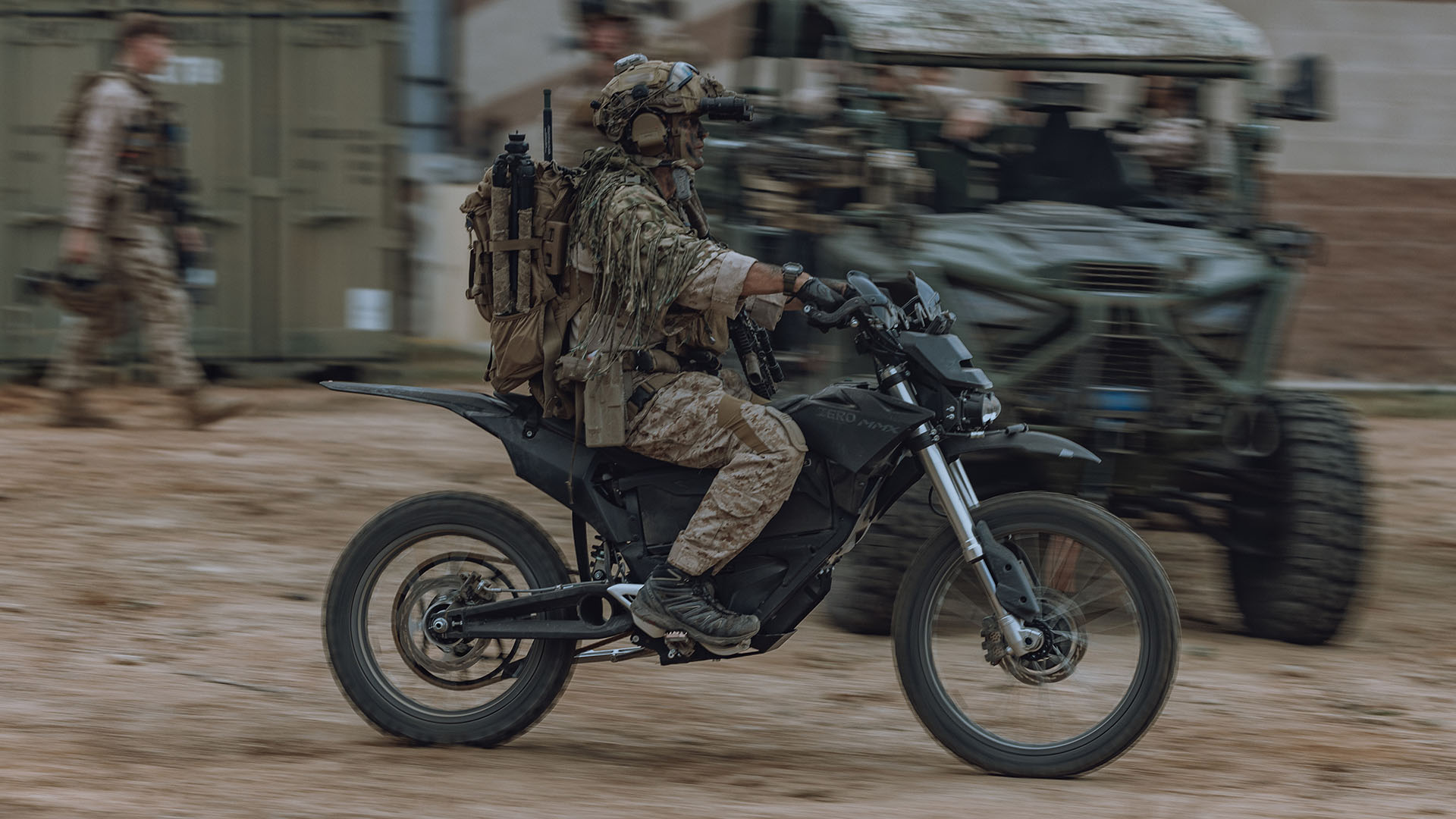SOURCE: AFI


In a forward-looking move to enhance operational stealth and efficiency, India’s elite Special Forces are set to integrate electric motorcycles and explore electric manned Unmanned Aerial Vehicles (UAVs) into their arsenal. This development, announced in early 2025, reflects the Indian military’s growing emphasis on cutting-edge, sustainable technology to meet the demands of modern warfare, particularly in covert and high-stakes missions.
The decision to equip Special Forces with electric motorcycles marks a significant shift toward quieter, more agile platforms for rapid insertion and extraction in sensitive operations. These motorcycles, likely sourced from indigenous manufacturers or international partners, promise near-silent operation—a critical advantage for reconnaissance, border patrols, and counter-insurgency missions where stealth is paramount. Drawing inspiration from global trends, such as the U.S. Special Operations Command’s use of Zero MMX electric bikes or the UAE’s trials with helicopter-mounted Zero FX models, India’s Special Forces aim to leverage similar capabilities.
The motorcycles are expected to feature rugged designs suited for diverse terrains—from the Himalayan heights to desert expanses—while offering ranges upwards of 100 kilometers on a single charge. With zero exhaust emissions and minimal noise, they reduce the risk of detection by enemy forces, a key factor in operations along contested borders like the Line of Control (LoC) and Line of Actual Control (LAC). Sources suggest that trials are underway with Indian firms like Revolt Motors and Tork Motors, alongside potential collaborations with global players, aligning with the #AatmanirbharBharat initiative to prioritize homegrown solutions.
Parallel to the motorcycle initiative, the Special Forces are exploring electric manned UAVs—a hybrid concept blending human control with unmanned aerial technology. Unlike traditional UAVs, these platforms would carry a single operator, offering the flexibility of manned decision-making with the compact, low-signature profile of a drone. This exploration signals India’s intent to pioneer innovative aerial systems tailored for special operations, such as deep reconnaissance, targeted strikes, and rapid troop deployment in hostile zones.
This dual adoption aligns with India’s broader defence modernization goals, emphasizing sustainability and self-reliance. Electric motorcycles and UAVs reduce dependence on fossil fuels, a strategic advantage in prolonged operations where supply lines may be disrupted. Moreover, their integration into Special Forces units—like the Garud Commandos, Para SF, and MARCOS—enhances operational flexibility across India’s diverse theatres, from urban counter-terrorism to high-altitude warfare.
The push for indigenous development is evident. Companies like Tata Advanced Systems, Mahindra Defence, and startups such as ideaForge could play pivotal roles in designing these systems, leveraging India’s growing expertise in electric mobility and aerospace. The Ministry of Defence’s success in fully utilizing its capital budget in 2025, with a focus on domestic production, provides a financial backbone for such innovations. Collaborations with global leaders in electric vehicle technology, however, remain on the table to accelerate deployment.
NOTE: AFI is a proud outsourced content creator partner of IDRW.ORG. All content created by AFI is the sole property of AFI and is protected by copyright. AFI takes copyright infringement seriously and will pursue all legal options available to protect its content.